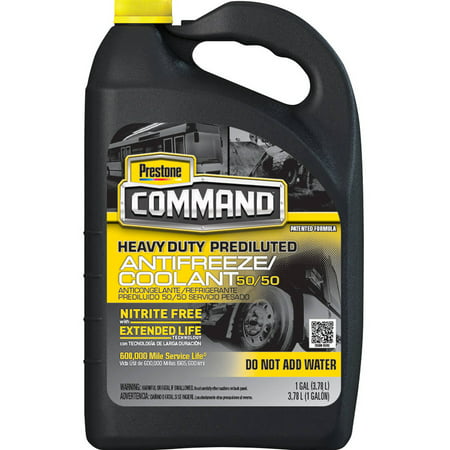Castrol TRANSMAX IMPORT Multi-Vehicle Automatic Transmission Fluid, 1 Gallon
Castrol Transmax Import Multi-Vehicle automatic transmission fluid is for use in most Honda, Toyota, Nissan and other imported vehicles. It exceeds the requirements of the JASO-1A performance standard created by Japanese Automobile Manufacturers. This standard is recognized by Japanese OEMs in certifying ATF for use in their vehicles.














Reviews
There are no reviews yet.